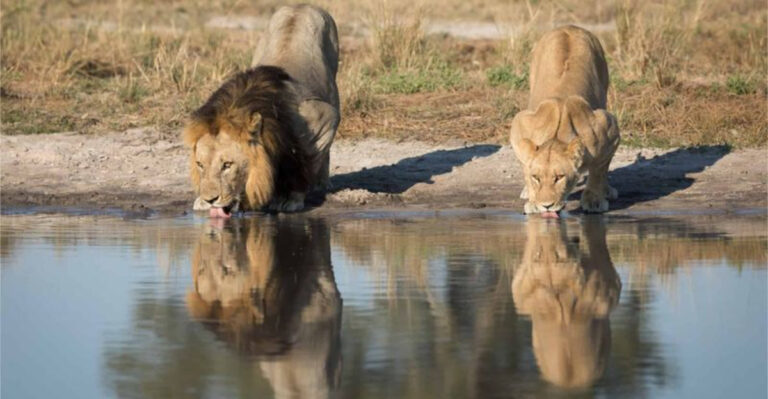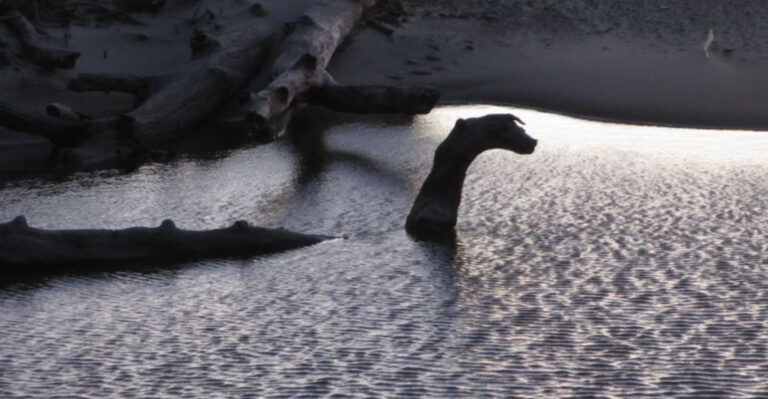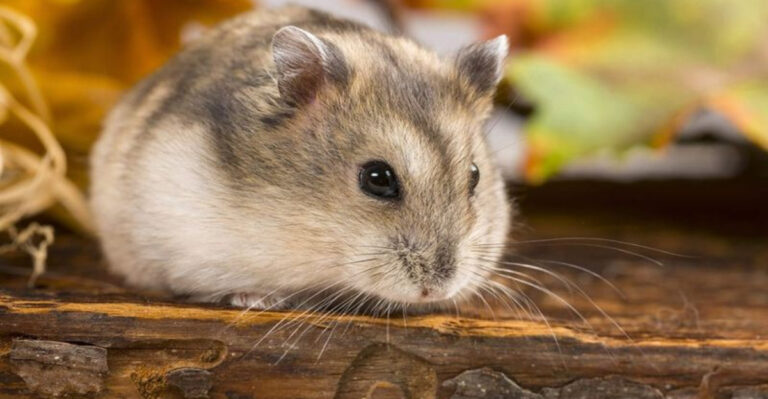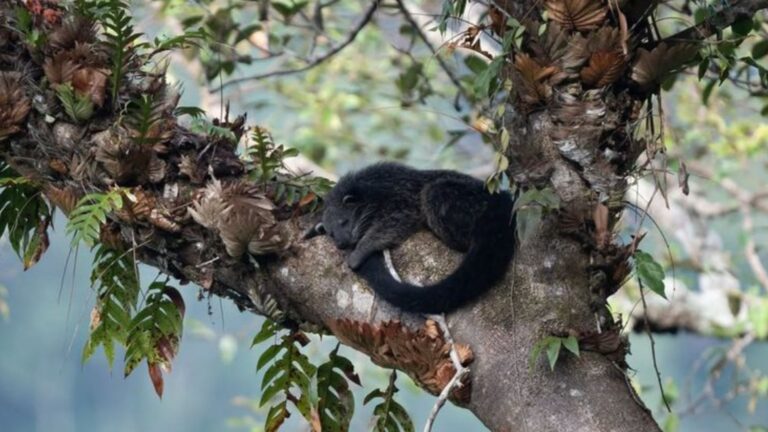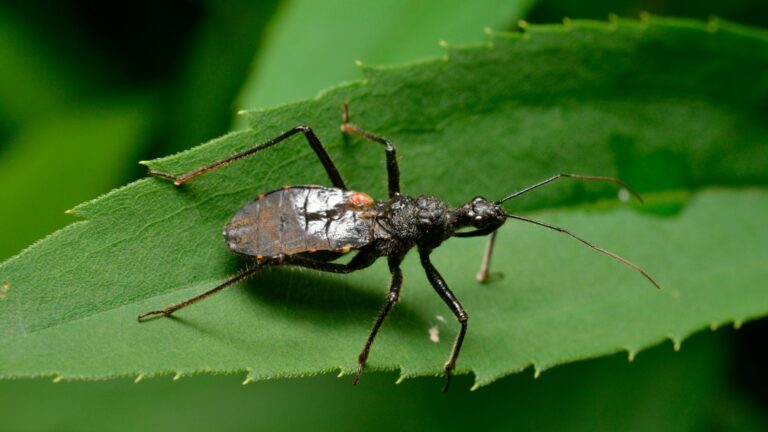Why The Endangered American Burying Beetle May Disappear Forever In 2025
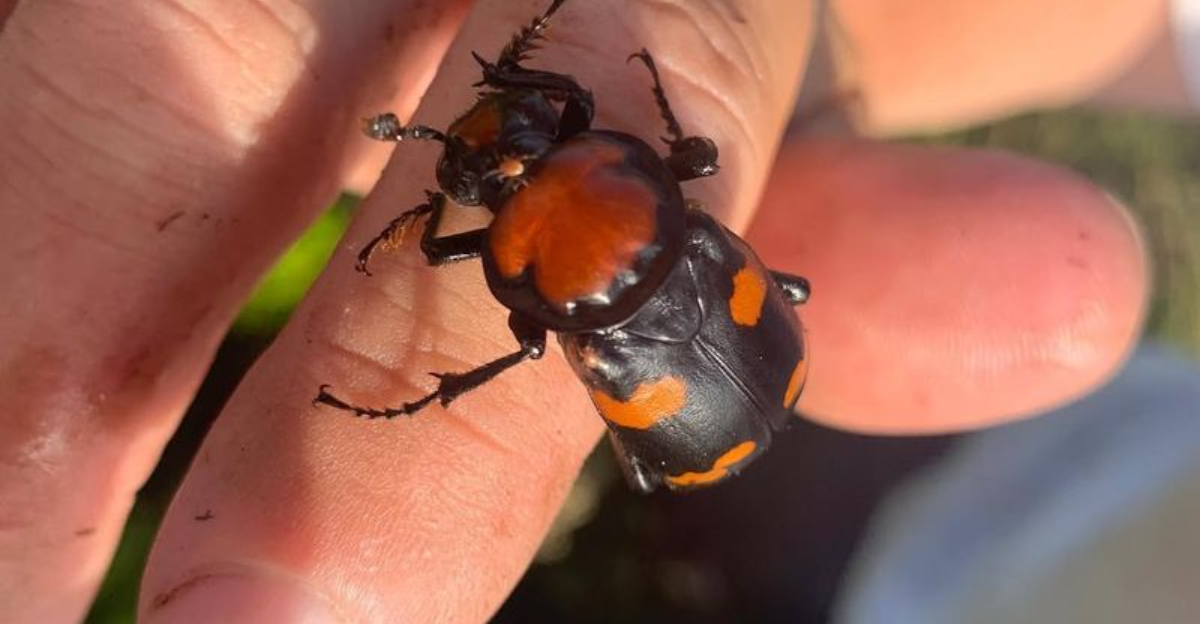
The American Burying Beetle (Nicrophorus americanus) has garnered significant attention due to its endangered status. Once thriving across the United States, this beetle’s population has drastically reduced, now surviving in only a few states.
This decline has been attributed to habitat loss, pesticide use, and competition with scavengers. Conservation efforts are vital to preserving this unique species.
1. Endangered Status
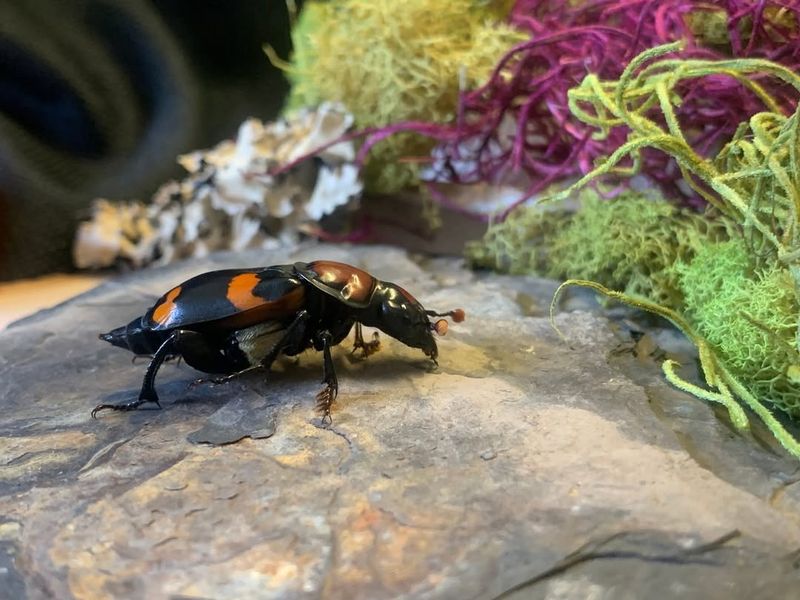
The American Burying Beetle is listed as critically endangered, a status that highlights its risk of extinction. This beetle was once widespread across the eastern United States, but its numbers have plummeted drastically. Today, it is found in only a few states, such as Rhode Island and Oklahoma.
This alarming decline has been attributed to habitat loss, pesticide exposure, and increased competition with other scavengers. Conservationists are striving to protect this beetle through breeding programs and habitat restoration efforts, making it a symbol of endangered insect conservation.
2. Unique Reproduction
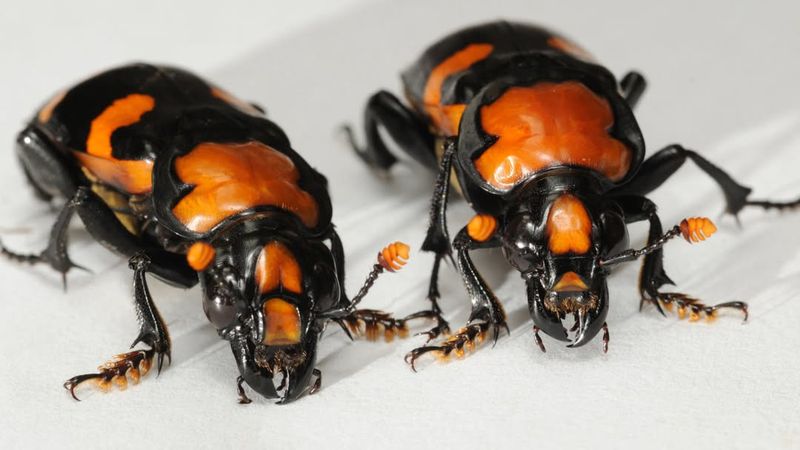
The reproduction process of the American Burying Beetle is unique and fascinating. These beetles are known for burying small carcasses, which they use as a food source for their larvae.
Both male and female beetles work together to dig a burial chamber underground, showcasing a rare example of biparental care in the insect world. This collaborative effort not only provides food but also protects the larvae from predators and environmental extremes.
Their unique reproductive strategy is integral to their survival and illustrates the complex behaviors found in this endangered species.
3. Keystone Species
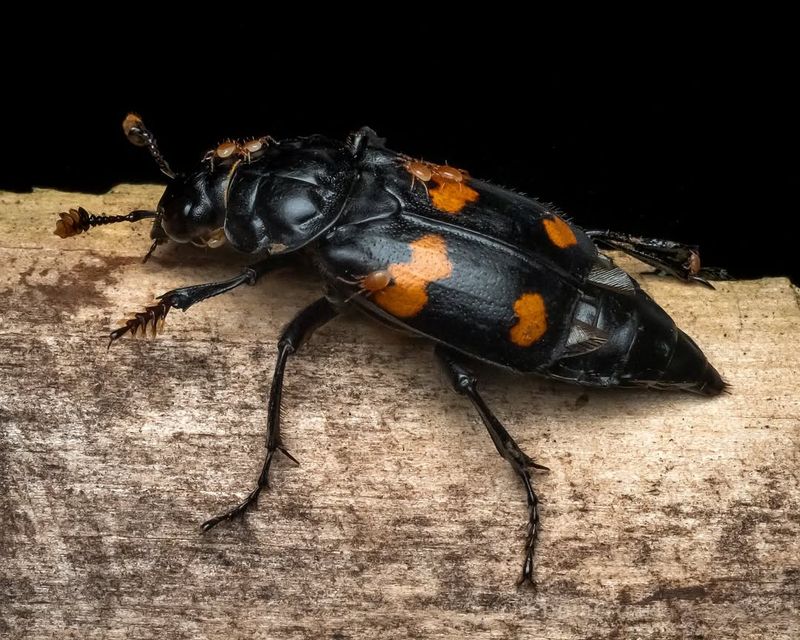
As a keystone species, the American Burying Beetle plays a critical role in its ecosystem. By recycling nutrients from decomposing carcasses, these beetles contribute to soil health and fertility.
Their activity helps maintain the balance of the ecosystem by supporting plant growth and providing a food source for other wildlife. The decline of this species could disrupt these ecological processes, demonstrating the interconnectedness of nature.
Efforts to conserve the American Burying Beetle are not only to save a single species but to preserve the ecological balance they support.
4. Habitat Requirements
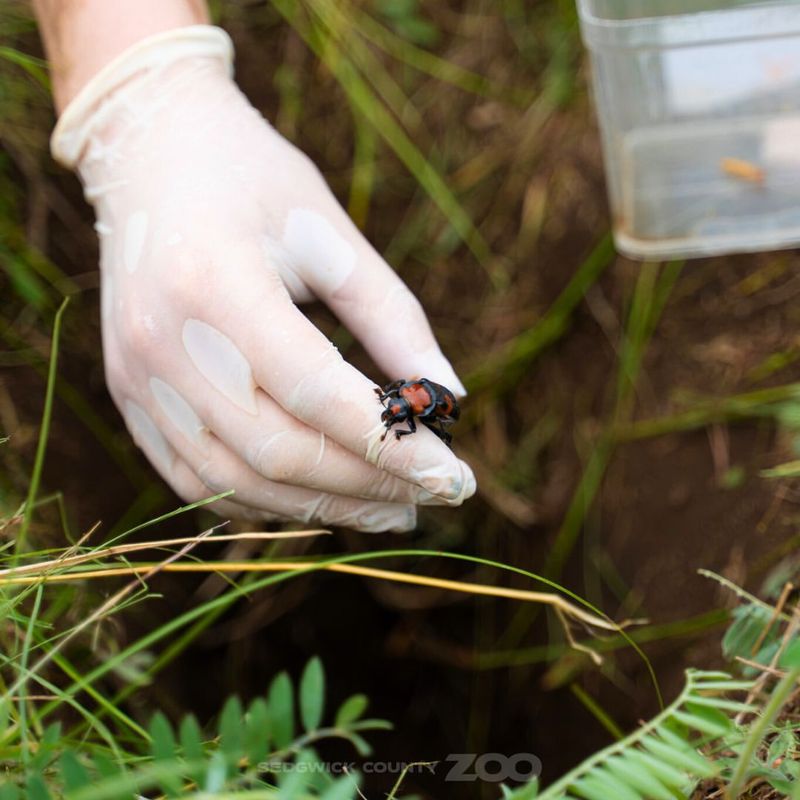
The habitat requirements for the American Burying Beetle are specific and crucial for its survival. These beetles thrive in areas with loose, well-drained soil that allows them to easily bury carcasses. They are typically found in grasslands, forests, and areas with minimal human disturbance.
The loss of such habitats due to agriculture and urban development has been a significant factor in their decline. Protecting and restoring these habitats is essential for the conservation of the species, emphasizing the importance of habitat management in wildlife conservation efforts.
5. Conservation Efforts
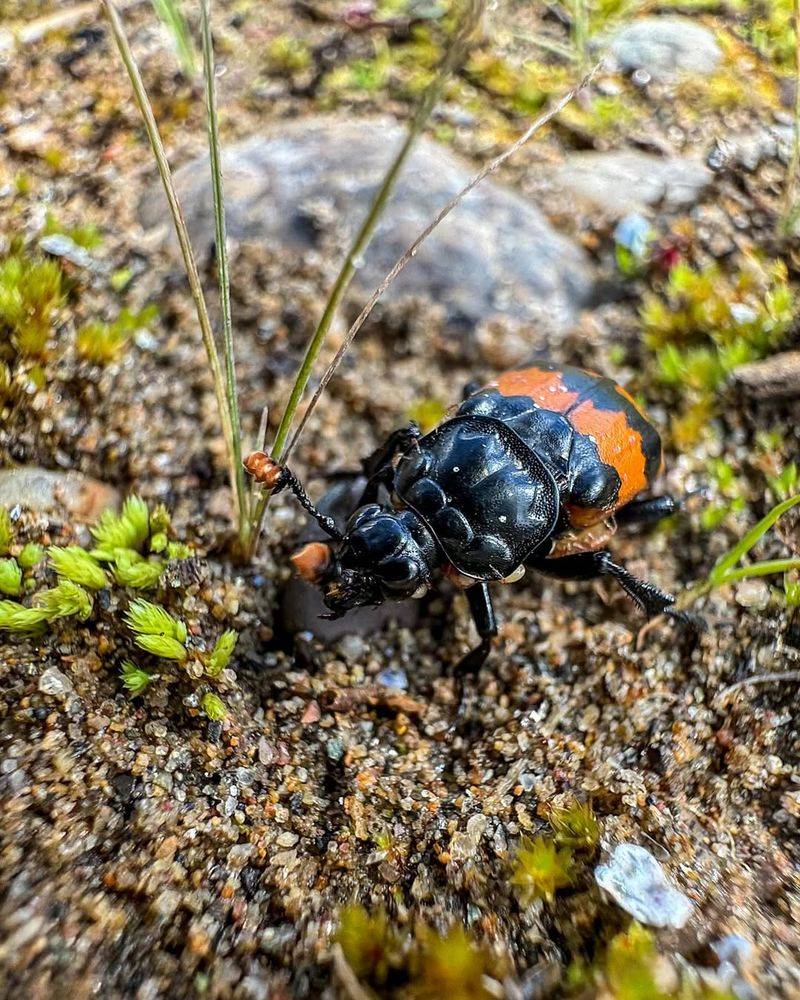
Conservation efforts for the American Burying Beetle are ongoing and multifaceted. Breeding programs in zoos and research facilities aim to increase their population numbers. In addition, habitat restoration projects are underway to create suitable environments for these beetles to thrive.
Governmental and non-governmental organizations are working together to implement protective legislations and raise public awareness about the beetle’s plight.
These efforts are pivotal in preventing extinction, showcasing the collaborative nature of conservation work and the dedication required to safeguard endangered species.
6. Role In Nutrient Cycling
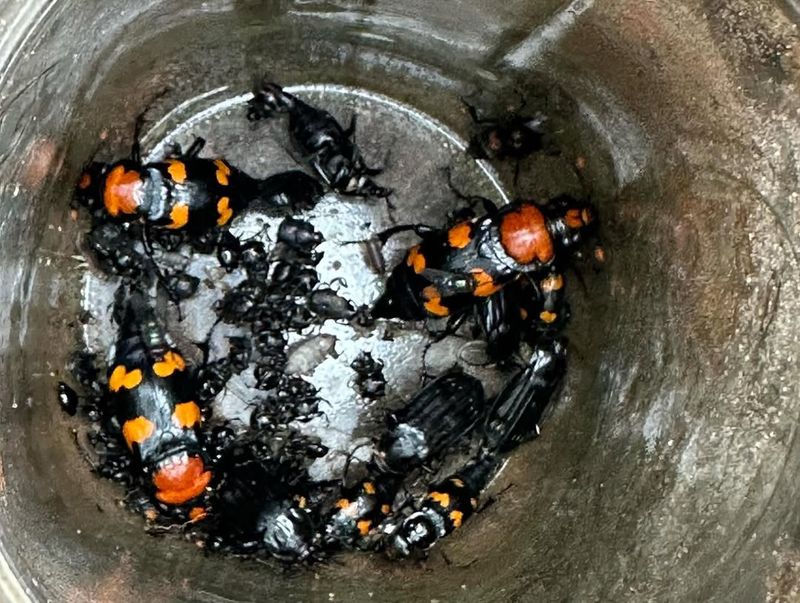
The role of the American Burying Beetle in nutrient cycling is vital to ecosystem health. By decomposing carcasses, they facilitate the recycling of nutrients back into the soil. This process enhances soil fertility and supports plant growth, which in turn sustains other forms of life.
Their activity exemplifies the crucial functions insects play in maintaining ecological balance. As such, losing this beetle could have wider implications for the environment, highlighting the intricate web of interactions that sustain ecosystems.
7. Adaptability Challenges
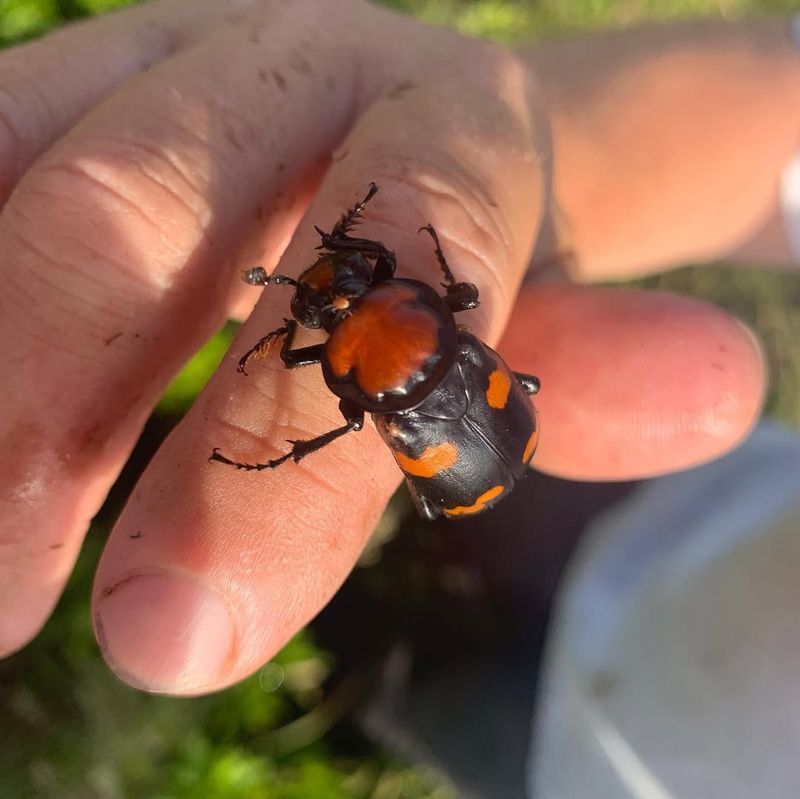
The American Burying Beetle faces significant challenges in adapting to changing environments. Habitat loss, climate change, and human encroachment have altered their natural habitats drastically. These beetles require specific conditions to thrive, making adaptation difficult.
Efforts to assist their adaptation involve creating protected areas and mitigating environmental changes. Despite these challenges, the beetle’s ability to survive in the few areas it inhabits today is a testament to its resilience.
However, continued support is necessary to ensure their long-term survival amidst environmental uncertainties.
8. Biparental Care
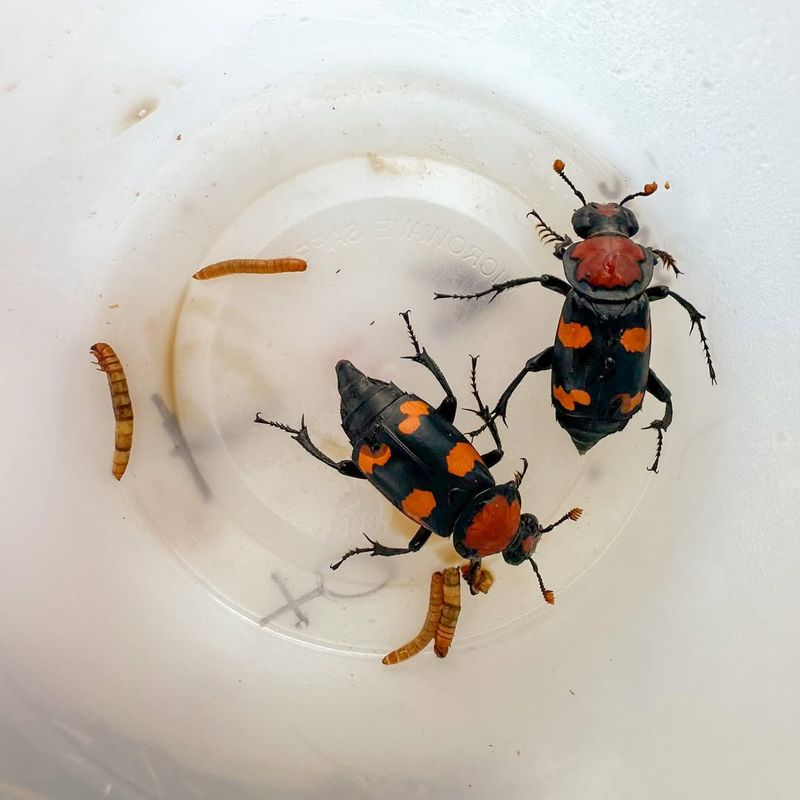
Biparental care is a remarkable behavior exhibited by the American Burying Beetle. Both parents are involved in nurturing their young, a rare trait among insects. They collaboratively bury a carcass to serve as a food source for their larvae, ensuring the young have the necessary nutrients to grow.
This cooperative care extends to protecting the larvae from predators and environmental threats. Such familial dedication highlights the complex social behaviors of these beetles and underscores their uniqueness in the insect world.
9. Historical Range
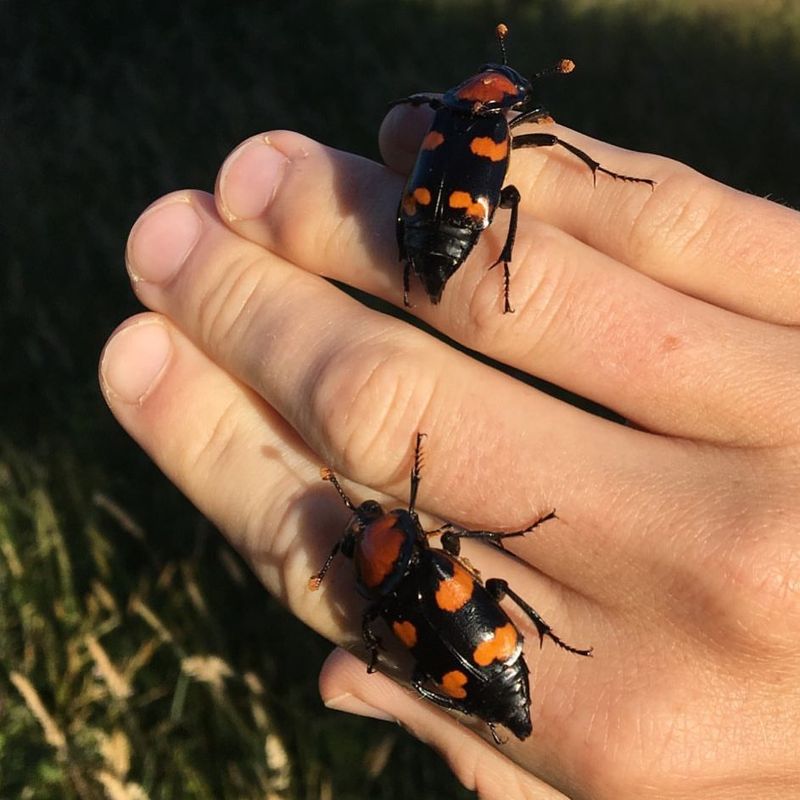
Historically, the American Burying Beetle was found across a broad range of the United States. From the Northeast to the Midwest, these beetles roamed extensively. However, their range has dramatically reduced over the years.
Various factors, including habitat destruction and environmental changes, have limited their distribution. Today, they are confined to a few isolated populations.
Understanding their historical range helps conservationists identify potential areas for reintroduction and highlights the urgency of efforts to restore their habitats and populations.
10. Cultural Significance
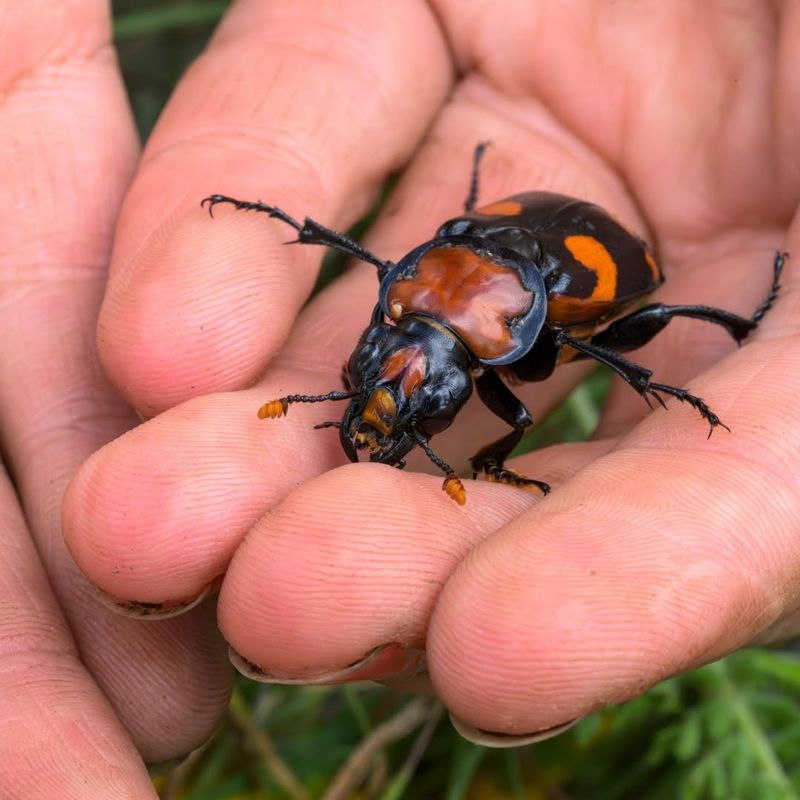
The American Burying Beetle holds cultural and educational significance. As an endangered species, it serves as an educational tool for biodiversity and conservation awareness. Many educational programs utilize the beetle to teach about the importance of preserving endangered species and maintaining ecological balance.
Their striking appearance and unique behaviors also make them a subject of interest for scientists and nature enthusiasts alike. By fostering an appreciation for this beetle, we can inspire conservation efforts and promote understanding of the vital roles insects play in our world.

